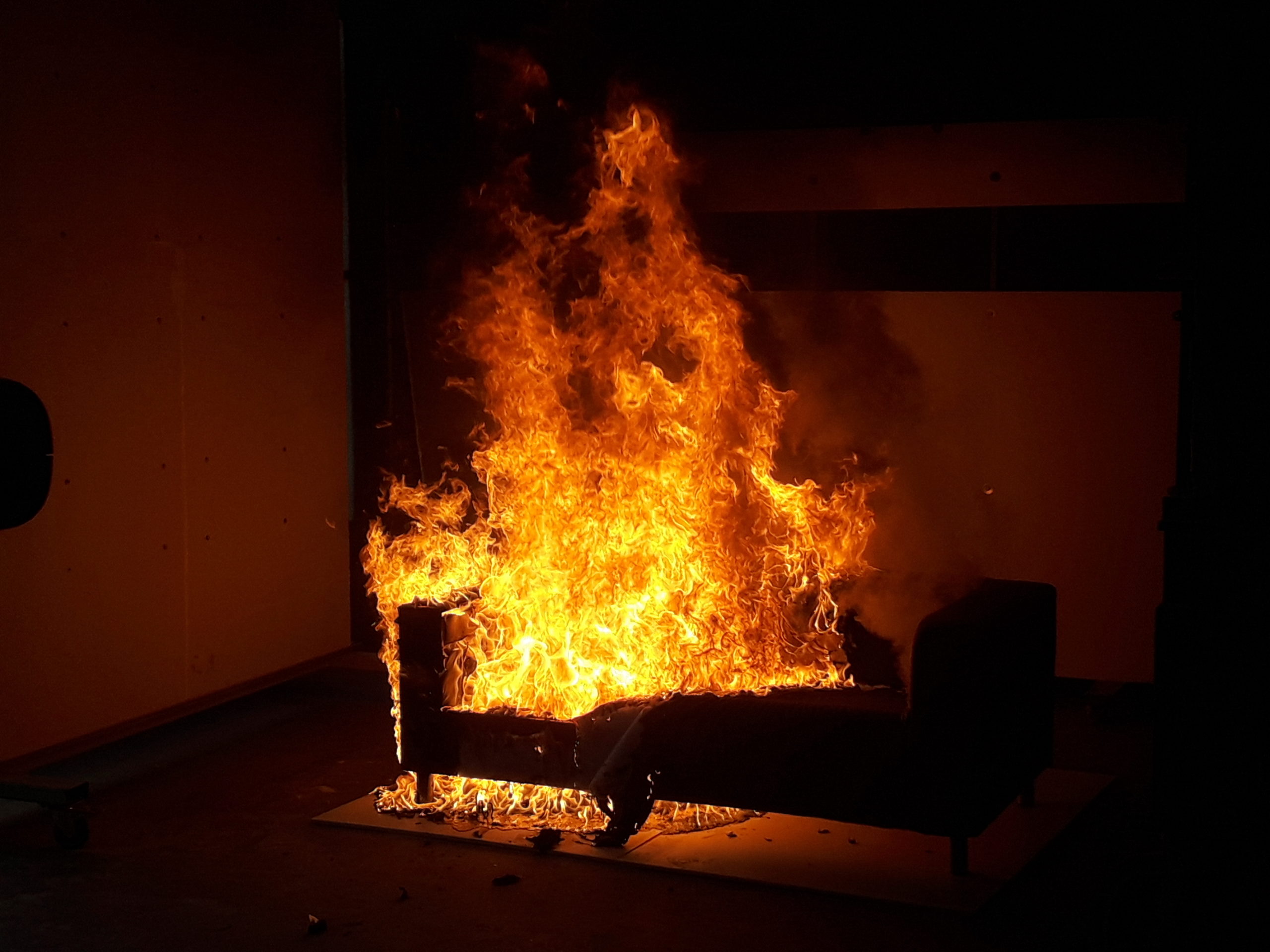
Warringtonfire, the fire testing, inspection and certification services organisation, has completed the second in a series of three studies at the request of the Flemish Government, that focus on the fire safety in residential care buildings.
The second study, called the VIPA2 study, identified the effectiveness of smoke control measures by means of five large-scale fire tests and additional CFD-simulations (CFD: Computational Fluid Dynamics) as part of the evacuation strategy for non-self-reliant occupants of a residential care building.
The VIPA2 study led to new ways of considering fire safety for more vulnerable members of society, such as citizens who reside within care buildings. Since common areas within these buildings can currently include combustible materials (e.g. kitchens, sofas, etc.), a possible fire hazard is inherent in these evacuation routes. This risk is currently not considered within the concept of the current (Belgian) fire safety regulations.
"The VIPA2 study has scientifically demonstrated the effectiveness of different kinds of applications of a smoke control system in a residential care building," said Pieter Poppe, head of the consultancy department of the Institute for Fire Safety (ISIB), "This kind of smoke control system is not only limited to residential care buildings, but can also be applied to all types of structures with similar geometry. Such application is not mentioned in any normative document related to Smoke and Heat Exhaust Ventilation systems (SHEV-system) and is therefore very innovative."
This research, completed by Warringtonfire has informed a further third study, the VIPA3 study. In the VIPA3 study, an assessment framework has been developed where minimum fire safety measures are determined as part of the evacuation strategy (i.e. immediate evacuation or Defend in Place) in case of non-self-reliant occupants of a residential care building.
"These fire safety measures can be active (e.g. residential smoke control system, fire screen, automatic extinguishing) or passive safety measures (e.g. fire resistant door, smoke control door, fire resistant damper). The effectiveness of the applied fire safety measures has been demonstrated through large-scale fire tests and additional CFD simulations (CFD: Computational Fluid Dynamics) as described in the VIPA1 and VIPA2 studies," explained Poppe.
The three studies will act as crucial stepping stones in creating a safer and more secure future for non-self-reliant individuals, by potentially guiding future regulations.








